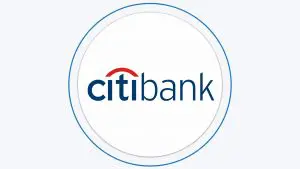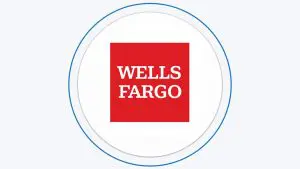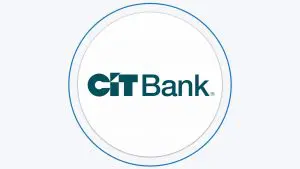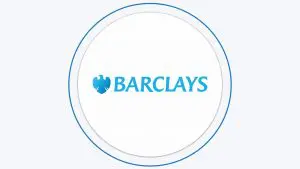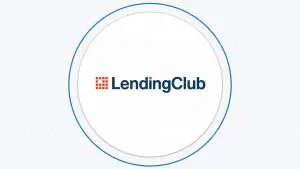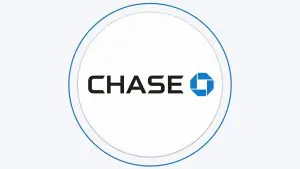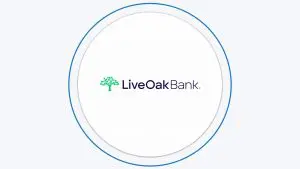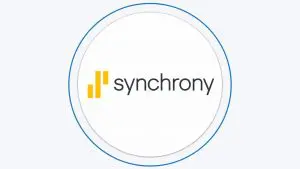Table of Content
I Don't Need Background, Take Me to the Calculator!
Do you know how long your retirement savings will continue to last, which is based on your inflation-adjusted withdrawals and retirement savings?
How Long Will My Retirement Savings Last?
Retirement can seem frightening regarding financial matters.
When people retire, they are totally dependent on their savings and Social Security to cover them for the rest of their lives.
One thing a person is thinking about at retirement age is if he or she put away enough money to see it last, the annual withdrawal rate it’ll support.
Moreover, if you use our calculator, you will have more clarity on comparing your savings with a 30-year retirement.
Will you outlive your retirement savings?
Today’s life expectancy isn’t what it was like some years ago. Now, if a man reaches the age of 63, they are likely to live until the age of 84.3 years.
If a woman lives to be 65 years old, it’s probable that they will live until 86.6 years of age. These statistics are according to the Social Security Administration. Moreover, one out of four people that are 65 years of age will live older than 90 years of age and one out of ten will live past the age of 95.
Of course, wanting to live a long, healthy life is positive thinking, as some would say. For some of those who are retired, it can be quite challenging.
Moreover, the recent Allianz study states that 60% of baby boomers said that they are very concerned about outliving their savings than dying.
Overall, an individual that’s hoping to die before their retirement runs out is quite sad.
The most positive approach is to make some calculations to see whether or not your savings will last for 30 years. (Keep in mind that there’s a possibility that you will live longer; 30 years is an average.)
Moreover, here’s a calculator that helps determine whether or not your savings will last.
The Uncertainties of Your Retirement Savings
The estimates you saw prior are just that; estimates. These are not guarantees at all. The odds of your spending level can change; it can be a significant change as well. It depends on things such as the current financial market trends and the rise and fall of inflation. This is why you need to be aware of what you spend and not be flippant about it.
It’s wise to re-evaluate you’re your current situation by observing your current balance in savings and how much you are planning to spend (and possibly when do you think you’ll retire).
Moreover, you can make adjustments regarding how much you withdraw if need be.
If the current market trends are not in your favor, it’s best to lower your spending.
On the other hand, if the market is strong, you have the potential to be flexible with your money.
As your money grows, don’t miss out on the opportunity to enjoy yourself; you don’t want to live in regret toward the end of your life.
Remember: Market conditions can change – and impact your retirement
Because there are so many uncertainties of what your retirement savings will be such as the performance of the market, your lifespan, what your expenses will look like, it’s wise to put your money into an annuity (whether immediate or something that accrues over time).
That way, no matter how the market looks or how long you think you’ll live, you’ll have something to always fall back on.
Even though annuities have their pros, they also have disadvantages too. One of the biggest downfalls is that you’ll lose the money you invested overtime for a guaranteed payment.
Even though you may have an idea of income that’s appealing because you have the potential to outlive it, it’s best to weigh the balance of pros and cons of an annuity before deciding to get one.
Bottom line
Unless someone has the mind of a genius to tell you how long you have to live, it’s impossible to know how much retirement money you’ll have, the probability of you spending your retirement money too soon, or having an abundance of cash that’s over your lifespan.
Furthermore, if you use the calculator recommended above and adjust your savings and withdrawals accordingly, you will have a stronger sense of how much income you need, along with the comfort you seek.
Calculator Definitions
Retirement Saving Calculator – Definitions
Cumulative savings at retirement
Enter how much you have saved to-date for retirement. Then add to this number how much you can realistically save between now and your retirement date.
Finally, add in any estimated net after-tax dollars you expect to receive from the sale of real estate, a business, or any item of value at or near your retirement date. Do not count expected inheritances or return on investments. Use today's values, not anticipated future values.
Amount you want to spend annually in retirement
How much money you want to spend annually in retirement including payment of taxes. Use today's dollars. Subtract from this number annual Social Security, pension, or other lifetime income sources.
Be careful not to underestimate living expenses and taxes. Doing so could cause serious cash-flow shortages later on.
After tax rate of return in retirement
This is the annual rate of return you expect from your investments after taxes. The actual rate of return is largely dependent on the types of investments you select. The Standard & Poor's 500® (S&P 500®) for the 10 years ending December 31st 2021, had an annual compounded rate of return of 13.6%, including reinvestment of dividends. From January 1, 1970 to December 31st 2021, the average annual compounded rate of return for the S&P 500®, including reinvestment of dividends, was approximately 11.3% (source: www.spglobal.com). Since 1970, the highest 12-month return was 61% (June 1982 through June 1983). The lowest 12-month return was -43% (March 2008 to March 2009). Savings accounts at a financial institution may pay as little as 0.25% or less but carry significantly lower risk of loss of principal balances.
It is important to remember that these scenarios are hypothetical and that future rates of return can't be predicted with certainty and that investments that pay higher rates of return are generally subject to higher risk and volatility. The actual rate of return on investments can vary widely over time, especially for long-term investments. This includes the potential loss of principal on your investment. It is not possible to invest directly in an index and the compounded rate of return noted above does not reflect sales charges and other fees that investment funds and/or investment companies may charge.
When you are taking periodic distributions from an account or investment, the return earned is often lower due to more conservative investment choices to help insure a steady flow of income.
Expected inflation rate
This is what you expect for the average long-term inflation rate. A common measure of inflation in the U.S. is the Consumer Price Index (CPI). From 1925 through 2021 the CPI has a long-term average of 2.9% annually. Over the last 40 years the highest CPI recorded was 13.5% in 1980. For 2021, the last full year available, the CPI was 6.8% annually as reported by the U.S. Bureau of Labor Statistics. This calculator increases your distribution amount at the end of each year by the rate of inflation. This begins at end of the first year of distributions. This helps illustrate the cost of providing a current amount of purchasing power throughout your distributions.
Amount
This is the additional amount you will add to your retirement savings. Enter a negative amount if this is a reduction or withdrawal in your retirement savings. All deposits and/or withdrawals are assumed to happen at the beginning of the year.
Year to start
First year of the additional amount.
Year to end
Last year of the additional amount. If this is the same as the first year, it will impact your account once. Otherwise we assume that the additional amount is an annual deposit (or if negative a withdrawal).


